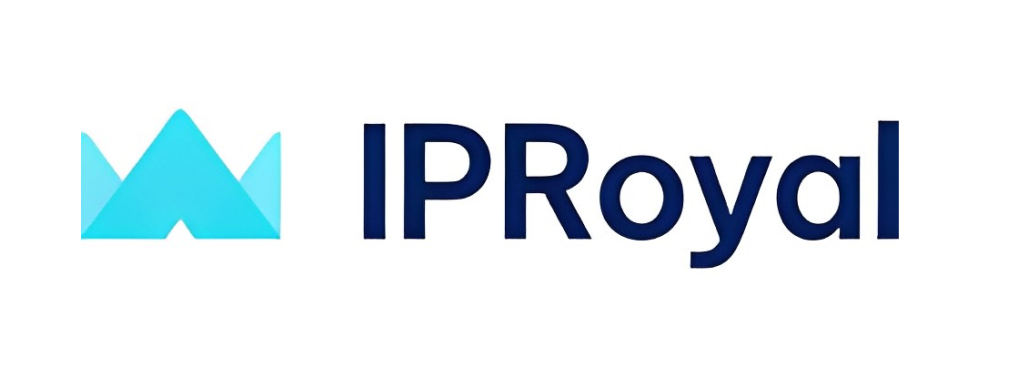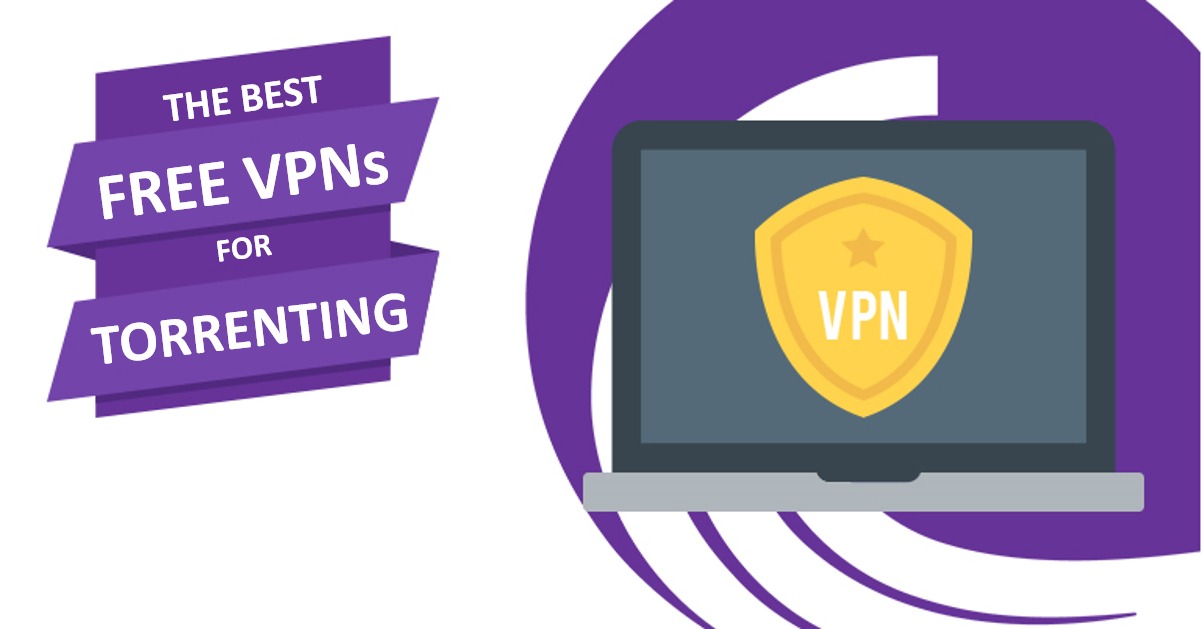Who Are High-Risk Customers?
High-risk customers are individuals or entities that require heightened scrutiny because of their potential to involve businesses in fraud, money laundering, or reputational harm. Here are some of the primary types of high-risk customers:
1. Politically Exposed Persons (PEPs)
PEPs are individuals in prominent public positions or holding substantial influence in government or international organizations. Their roles often expose them to risks of involvement in activities like corruption, bribery, or other financial crimes. Businesses must exercise caution when dealing with PEPs, ensuring enhanced due diligence (EDD) protocols are in place to remain compliant with anti-money laundering (AML) regulations.
Services like High Risk Account iProyals can assist organizations in navigating these challenges by offering specialized tools and insights to monitor high-risk accounts effectively. These tools help in identifying potential red flags, thereby mitigating the risks associated with PEP-related transactions.
2. Stolen Credit Card Customers
With the rise of e-commerce and digital transactions, stolen credit card fraud has become a significant issue. Customers using stolen credit cards can lead to chargebacks, financial losses, and legal complications for businesses. Advanced fraud detection systems are essential to identify and block these transactions early.
3. Money Laundering Customers
Money laundering involves concealing the origins of illegally obtained money to make it appear legitimate. Customers engaging in this activity may use businesses as unwitting participants in their schemes. High-risk account services like “High Risk Account iproyals” help identify suspicious transaction patterns and ensure compliance with regulatory requirements.
4. Multi-Accounting Customers
Some customers create multiple accounts to exploit promotions, bonuses, or other business incentives. This behavior can lead to financial losses and unfair advantages over legitimate customers. Multi-accounting customers are common in industries like online gaming, finance, and e-commerce.
5. Customers from High-Risk Countries
Businesses operating globally often encounter customers from countries with higher incidences of fraud, corruption, or weak regulatory frameworks. These customers may require additional scrutiny to ensure compliance with international sanctions and AML regulations.
6. Customers with Complex Ownership Structures
Entities with opaque or layered ownership structures are often used to obscure the identities of beneficial owners. This complexity makes it challenging to determine the ultimate source of funds or the motivations behind a transaction, increasing the risk of fraud or money laundering.
7. Customers with Dubious Reputations
Individuals or entities with a history of legal or financial issues, negative publicity, or unethical behavior can pose significant risks to businesses. Engaging with such customers may harm a company’s reputation or expose it to legal liabilities.
Navigating High-Risk Accounts with iProyals
Services like “High Risk Account iProyals” specialize in managing the unique challenges associated with high-risk accounts. They provide businesses with tools to identify, monitor, and mitigate risks effectively. By leveraging advanced analytics, AI-driven risk assessments, and robust compliance protocols, businesses can better manage these accounts without compromising operational efficiency.
Why Managing High-Risk Accounts Is Crucial
Proper management of high-risk accounts is not just a regulatory requirement—it’s a critical business strategy for long-term success. High-risk accounts often involve clients or transactions with elevated chances of financial, legal, or reputational complications. Services like “High Risk Account iProyals” provide essential tools to address these risks effectively, allowing businesses to remain compliant and proactive.
Key challenges associated with high-risk accounts include:
- Financial Losses: Fraudulent activities such as money laundering or chargebacks can drain resources and affect profitability. Solutions like iProyals help in early identification and prevention of such activities, reducing potential losses.
- Legal Repercussions: Non-compliance with Anti-Money Laundering (AML) laws and other regulations can lead to hefty fines and legal proceedings. iProyals ensures businesses meet these regulatory requirements through enhanced monitoring and reporting systems.
- Reputational Damage: Partnering with questionable clients can harm a company’s public image, eroding customer trust and market credibility. Leveraging tools like iProyals aids in maintaining a clean business reputation by screening and managing high-risk clients diligently.
Incorporating systems like High Risk Account iProyals into a business’s risk management framework enhances security, compliance, and operational efficiency, making it a cornerstone of modern financial stewardship.
Best Practices for Managing High-Risk Customers
- Enhanced Due Diligence (EDD)
Perform detailed background checks and ongoing monitoring of high-risk customers to identify and mitigate potential risks. - Know Your Customer (KYC) Processes
Implement robust KYC protocols to verify the identity and legitimacy of all customers. - Transaction Monitoring Systems
Use advanced monitoring systems to detect suspicious activities and flag high-risk transactions in real time. - Staff Training
Train employees to recognize and respond to red flags associated with high-risk accounts. - Collaboration with Experts
Engage services like “High Risk Account iProyals” for tailored solutions to complex challenges.
Emerging Trends in Managing High-Risk Accounts
Conclusion
High-risk accounts and customers present unique challenges that demand proactive strategies and robust systems. From PEPs to customers with dubious reputations, understanding the nature of these risks is the first step toward effective management.
Businesses must leverage advanced tools like “High Risk Account iproyals,” implement rigorous compliance measures, and stay informed about emerging trends to navigate this complex landscape. By doing so, they can protect their financial health, maintain regulatory compliance, and uphold their reputation in an increasingly interconnected world.
Managing high-risk accounts is not just about mitigating threats; it’s about creating a foundation for sustainable growth and trust in today’s dynamic business environment.



